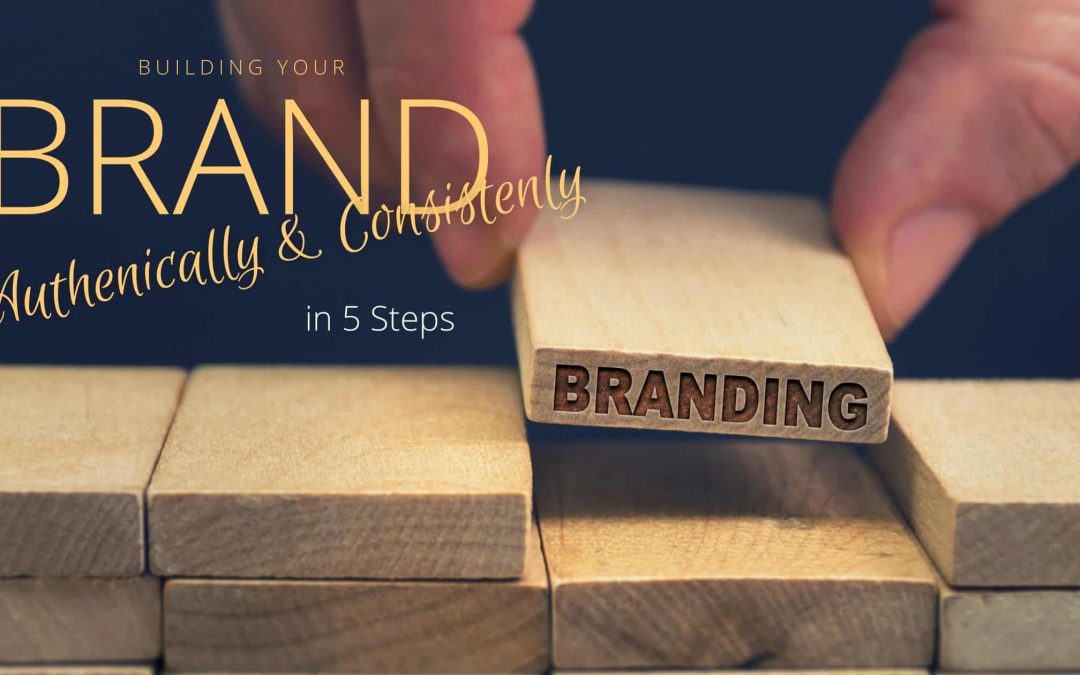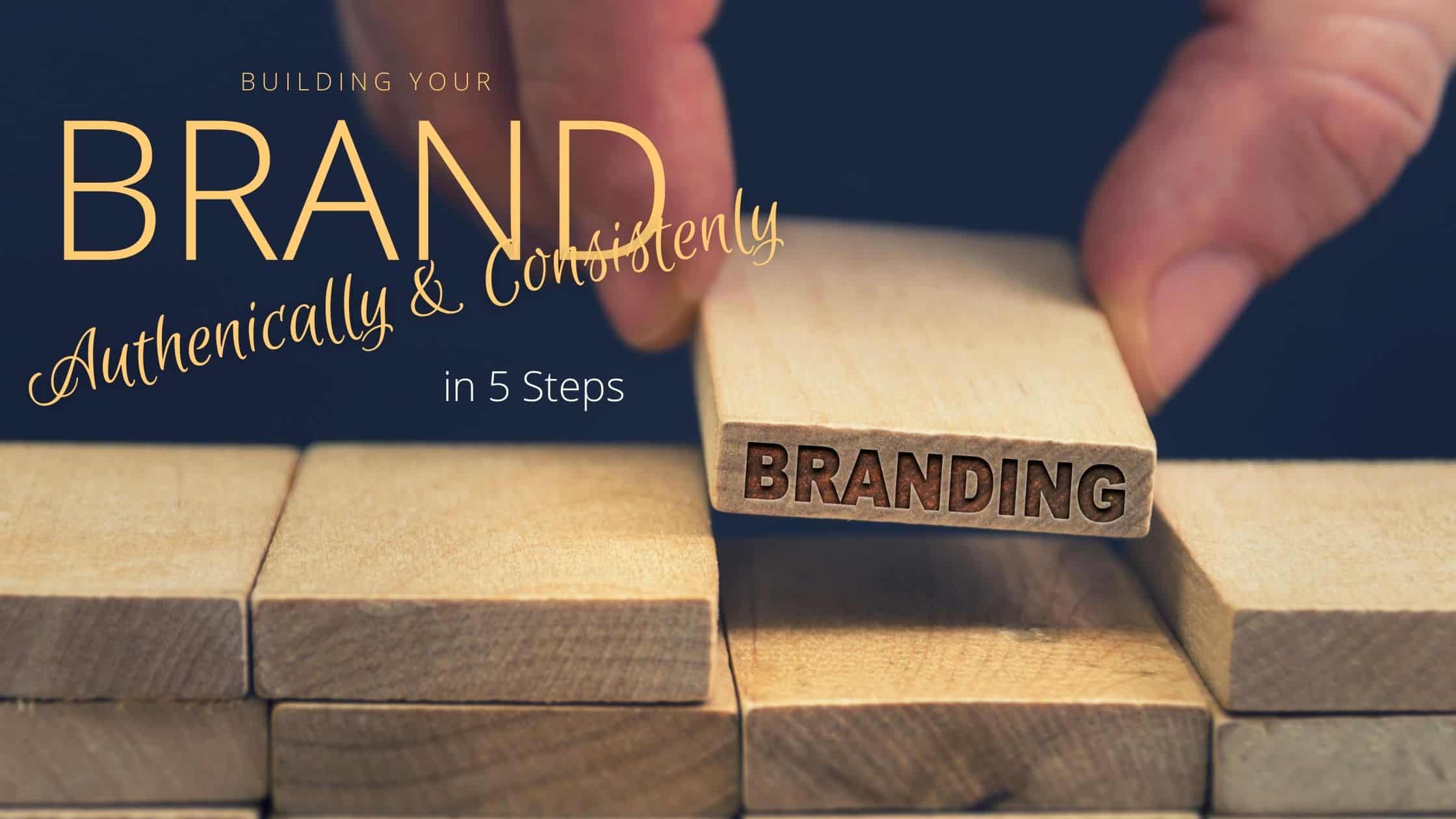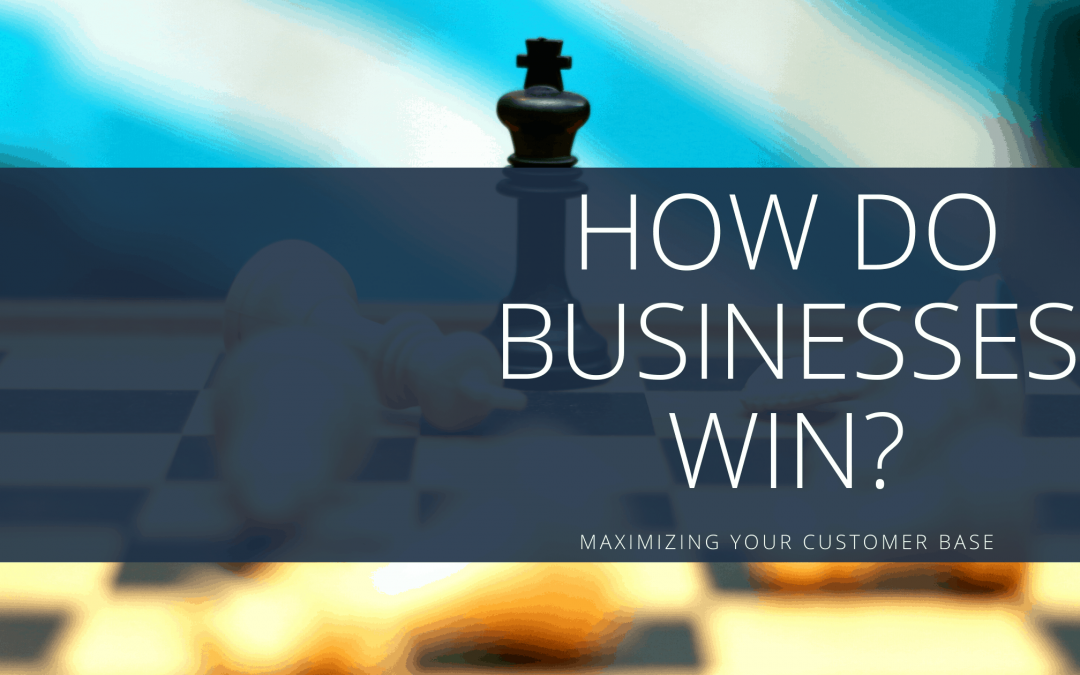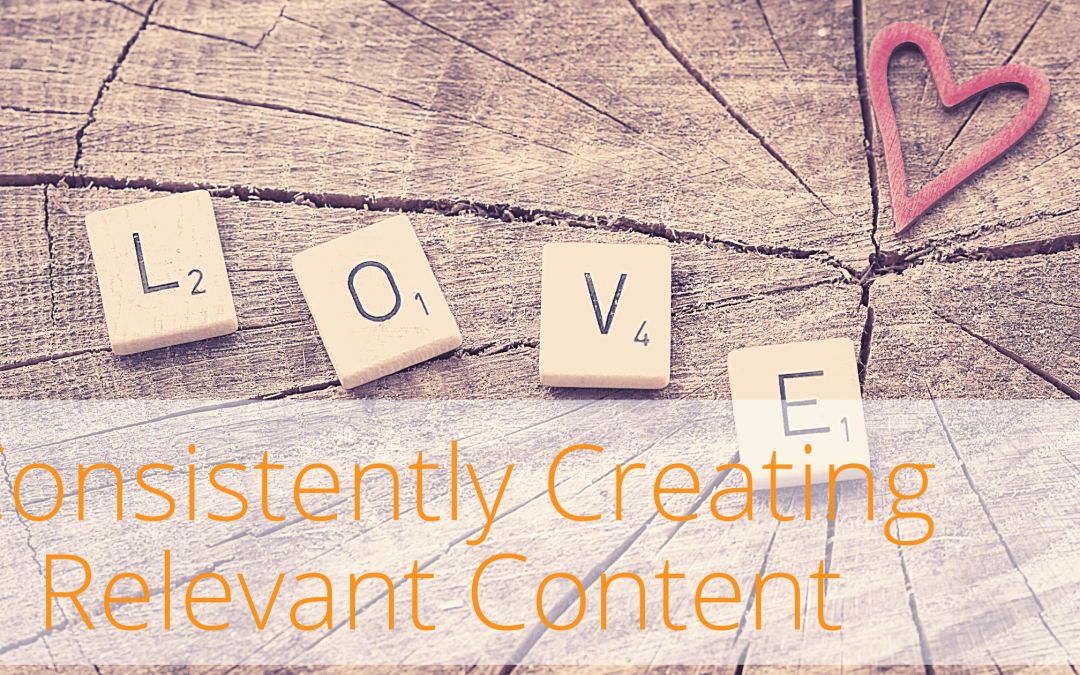5 Key Ingredients to Building Your Brand Authencially & Consistently Building a brand is not just for large companies and brands. Many of the elements of a large brand can successfully be built in your brand. Many companies or brand go about building their brand...

5 Key Ingredients to Building Your Brand Authencially & Consistently
5 Key Ingredients to Building Your Brand Authencially & Consistently
Building a brand is not just for large companies and brands. Many of the elements of a large brand can successfully be built in your brand. Many companies or brand go about building their brand in a haphazard way. With the exception to their logo, they do not use consistent colors, fonts or visuals in most of their Marketing materials. Their print sds have a different look and feel than their website, their social media presence changes regularly and their business card has a different font than the rest. This leads to an inconsistent brand that is actually more expensive than simply sticking to a consistent brand palette. These owners are constantly reinventing their brand for each creative piece that they make, creating confusing, and it takes a lot of time.
Building a consistent brand can be more cost effective for small companies than a haphazard Marketing approach, and have a great impact as you customers start to recognize and remember your brand.
There are five key elements to building a successful brand, and implementing them have a major impact. Audit your brand and see if you are getting these key elements right.

Is Your Brand Amazing?
5 Key Elements of Successful Brands
A brand consists of three elements, internal core brand values, external visual elements and external messaging. Before you define your external elements of visual and messaging, you need to define your core brand values.

Build your brand from the heart. Relevant brands today have heart and soul. They stand for something, values that the owners, founders, employees and customers understand and share. It connects them in a joint promise of what the brand delivers and what they need to offer to be great. To build a great brand, you need to start by defining your core values. Core brand values define what your visual elements and messaging should say. Without taking the time to define it, you will find it much harder to communicate with your visuals and message. When you build your brand with your core values in mind, your brand becomes authentic to who are really are and what your business represents.
These promises create expectations and can build trust, especially once delivered. Try to choose brand values that distinguish you from the competition and that your customers are genuinely looking for in the market. A brand value however is a promise. It has to be something that you can truly deliver.
With your core values decided, is clear, your brand personality, deciding brand colors, visuals and messaging becomes easier, takes less time and is more effective. Then pick you brand name, colors and fonts based on these defining values.
Create visual impact. Pick your brand colors, fonts and images based on your values. For example, if your core values are traditional, trustworthy, reliable, you’re not going to choose brand colors like fuchsia and bright orange. If your brand values are innovation, dynamic and creative, you would not want to choose navy blue or grey as your brand colors. Using color psychology, can you translate your brand values into colors that visually convey what you stand for. The same can be done for fonts. If you have a creative brand, you need more offbeat fonts, versus the more traditional fonts that you would use for a traditional brand. The style, color and type of photography that you use also conveys emotion, and should match with what your brand stands for. Now your visuals are starting to communicate more of who you are, rather than just randomly picking some colors and fonts.


Consistency is key. I cannot say this enough. Repetition creates recognition. Your goals is to be remembered. Customers are exposed to thousands of brand names, images and ads a day. Your goal is to be found and remembered among the chaos. Sometimes my clients say to using the same fonts, colors and similar images all the time gets boring. You need to be creative in how you use your visuals, but they need to stay consistent. How else will you audience remember them?
Your audience is getting to know who you are based on your website, your blogs, your videos and your interactions on social media. Each of these elements must work together to deliver a consistent experience and convey authenticity and authority in your field or market. If your audience doesn’t trust your digital assets, they won’t contact you, follow-up with you or move your relationship with them to the next level. Building relationships through marketing is very similar to the steps you need to take in building human relationships.
Being consistent in your advertising and messaging is also critical to creating a genuine connection with your audience that builds trust. People interact with your brand an average of 7 times before making a purchase. If your brand looks and talks differently with each interaction, the customer becomes confused about who you are and what you offer. Once you clearly decide who you are, you can clearly communicate that consistently. This delivers results. This genuine connection builds trust and your audience slowly starts to listen to your message through the noise of the thousands of other messages that they are exposed to every day.
Know Your Audience. Nothing is more frustrating than spending lots of time and money building relationships with an audience that will never really convert to your customers. You need to find the right audience, and communicating your brand values through your visuals and your messaging can help to filter your audience and build connections to the right people.After you’ve brainstormed what you think your brand needs to be, you need to brainstorm who your ideal customers are. Who are trying to reach and create connections with? Does your brand and your core values connect to things that you audience thinks are important. If there is no match here, your audience won’t connect to your brand.


Understand their journey. Defining and mapping the steps each customer takes when moving from complete strangers to customers to brand enthousiasts, is essential to understanding your customers frame of mind with each interaction with your brand. You can only create brand messages when you understand at which stage of this journey you’re connecting with your customer.

About The Author:
Cherryl Lambooy is the Founder of Inspire | Focus, a Marketing Consultancy that helps businesses to build inspired brands and focused campaigns. She has spoken on Social Media for the Travel Industry at SMART 2019 in St. Maarten, and SMILE 2019.

5 Key Ingredients to Building Your Brand Authencially & Consistently

How do businesses win?
The most expensive thing that businesses will do is acquire a customer. Therefore you need to structure your business so that you are earning enough profits so that you are able to spend more than your competition to acquire new customers. Investing in Marketing is...




Recent Comments